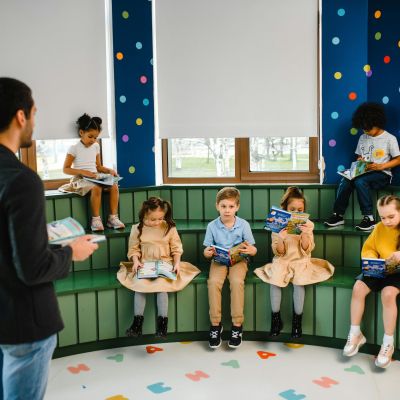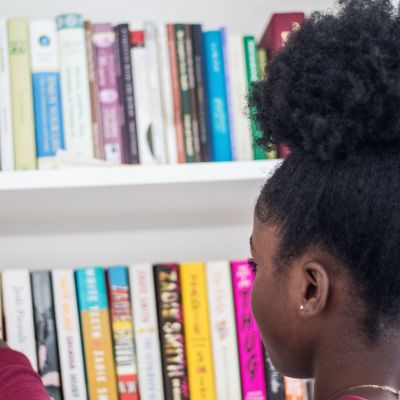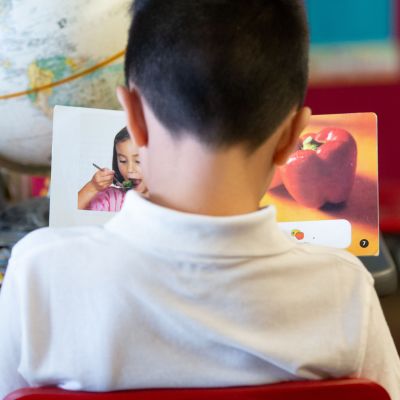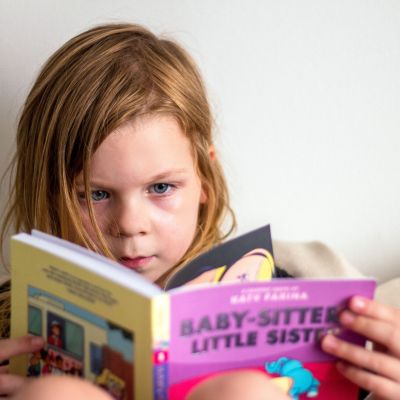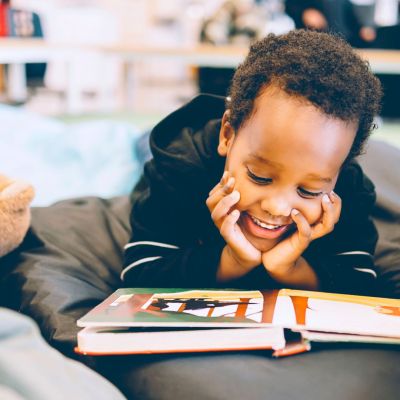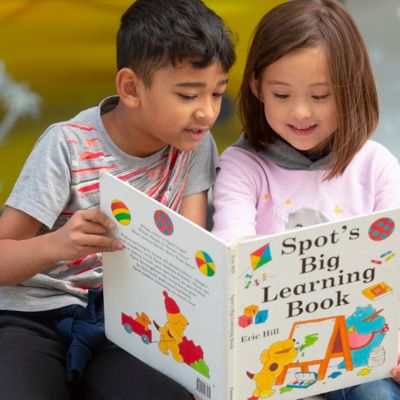Science of Reading
Kayla Hinton shifts the focus from mastering strategies to building knowledge in K-2. Discover how to use comprehension strategies effectively, aligning with the Science of Reading research and the power of read-alouds.
Dr. Erin McNeill spent time in a classroom where students were very engaged with challenging texts. She dove in to explore the teacher’s approach.
The Science of Reading is everywhere, but how does it impact a dual language classroom? Erin Brown spent this year remaining curious and asking questions to learn more.
Helping secondary students become proficient readers when they feel the opportunity has passed them by is a very real challenge. Angie & Molly have found a way to spark some of their students.
Vocuabulary is a part of every content area at every grade level. Stephanie Woods explores how it can also be a part of phonics instruction.
Morgan wraps up her 2 part series on the distinct phases the brain moves through as it is learning to read.
Learning to read is not magic. The brain is moving through distinct phases as it acquires the skill of reading. Morgan breaks down the first 3 phases in part 1 of this series.
What does it look like when the tenets of the Science of Reading are incorporated into lessons? Dr. Erin McNeill provides a glimpse into what is happening.
This post finishes exploring the six shifts we can take to maximize our literacy instruction by keeping the science of reading and balanced literacy in mind.
This post explores ways we can shift the balance to maximize our literacy instruction keeping the science of reading and balanced literacy in mind.



